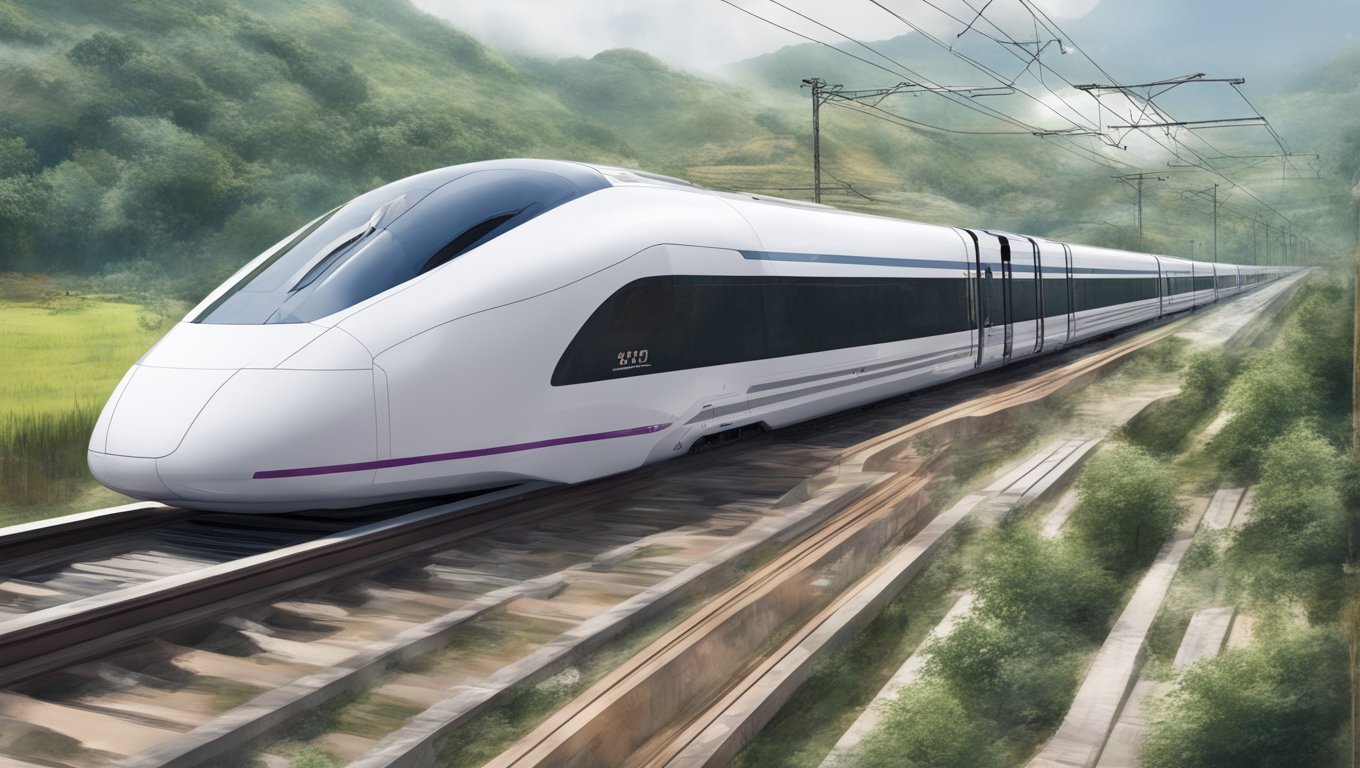China is revolutionizing its high-speed rail maintenance through the use of artificial intelligence (AI). Engineers involved in the project have reported impressive results, with an AI system in Beijing processing real-time data from across the country and alerting maintenance teams of abnormal situations within 40 minutes, with an accuracy of up to 95 percent. This has allowed for quick reinspection and repairs, resulting in improved safety and a significant decrease in track faults and disruptions.
According to the engineers, the adoption of AI technology has enabled more precise and timely assessments of infrastructure service status. The vast amount of data generated by sensors embedded in high-speed rail infrastructure has necessitated the use of new technologies such as big data and AI to handle and analyze the information effectively. The engineers highlight that years of effort have led to breakthroughs in risk perception, equipment evaluation, and trend predictions in engineering, power supply, and telecommunications.
The success of China’s high-speed rail maintenance comes at a time when other countries, like the United States, are facing similar challenges due to an aging railway network and lack of maintenance. While the US averages over 2,800 derailments per year, China’s high-speed rail network has achieved outstanding safety records, thanks to the application of AI. With plans to increase the operating speed to 400km/hr (249mph), China’s high-speed rail network is set to expand rapidly and connect all cities with populations over 500,000.
The engineers also acknowledge a potential problem for the rail network: as the population ages and the birth rate declines, the number of maintenance workers will gradually decrease. However, they see AI as a solution to this issue. The emergence of AI for high-speed rail health management was recognized over a decade ago in countries like Germany and Switzerland, but China’s vast rail network surpasses these countries in size, making the application of AI on a large scale even more challenging.
To train the AI system, Chinese railway scientists and engineers collected and organized nearly 200 terabytes of raw data, which is more than 10 times the entire data volume of the US Library of Congress. This data includes information from various sources and formats, such as wheel sensor readings, train movement records, rail vibrations, and even meteorological records. The AI system’s ability to analyze diverse data sets and identify potential problems has led to more precise fault identification and prediction, greatly improving efficiency.
The researchers emphasize that the AI algorithms have undergone rigorous human review to ensure their safety before being implemented. The data management protocol implemented by the China State Railway Group imposes restrictions on data storage, usage, and other privileges to maintain control over the system.
While the AI technology gap between China and the US may appear to be widening, there are observers who suggest that China is making breakthroughs in critical areas using smaller, specialized models. Despite US government sanctions preventing China from accessing the most advanced AI chips, the country has found success in areas such as self-driving cars, weather forecasting systems, automated port terminals, and intelligent ultra-high-voltage power grids.
In conclusion, China’s use of artificial intelligence in its high-speed rail maintenance has proven to be highly successful, leading to improved safety and efficiency. The application of AI has allowed for more precise fault identification, timely maintenance, and better infrastructure service management. As China’s high-speed rail network continues to expand, AI will play a crucial role in maintaining its safe operation and addressing the challenges posed by an aging population and decreasing maintenance workforce.





Use the share button below if you liked it.